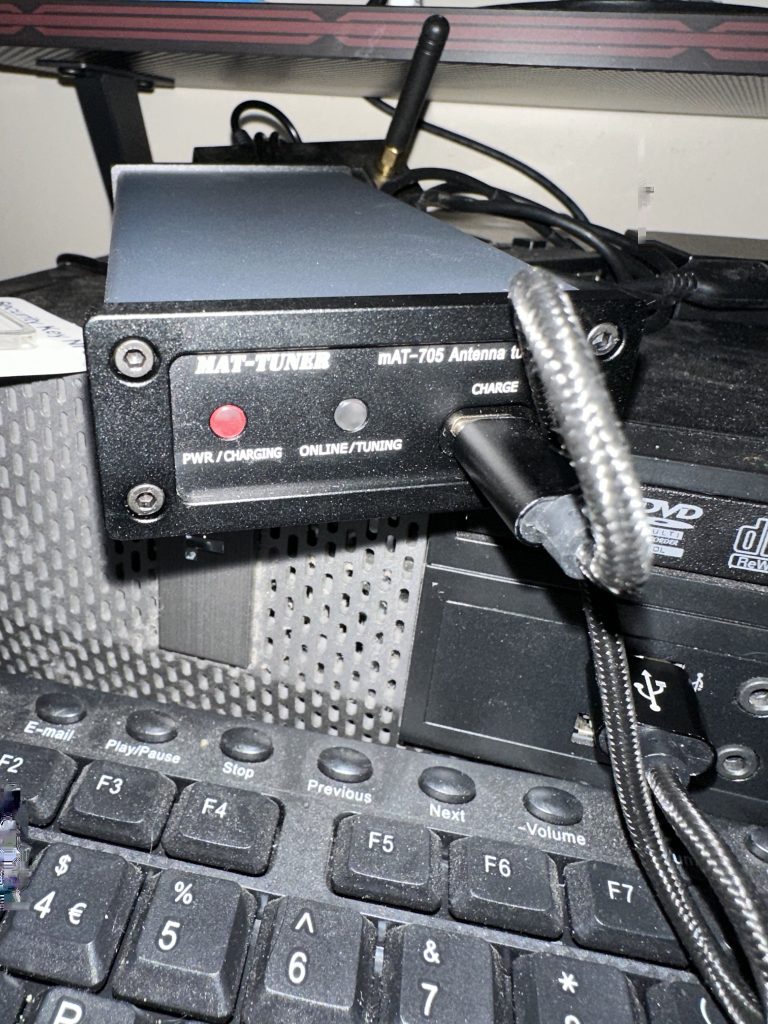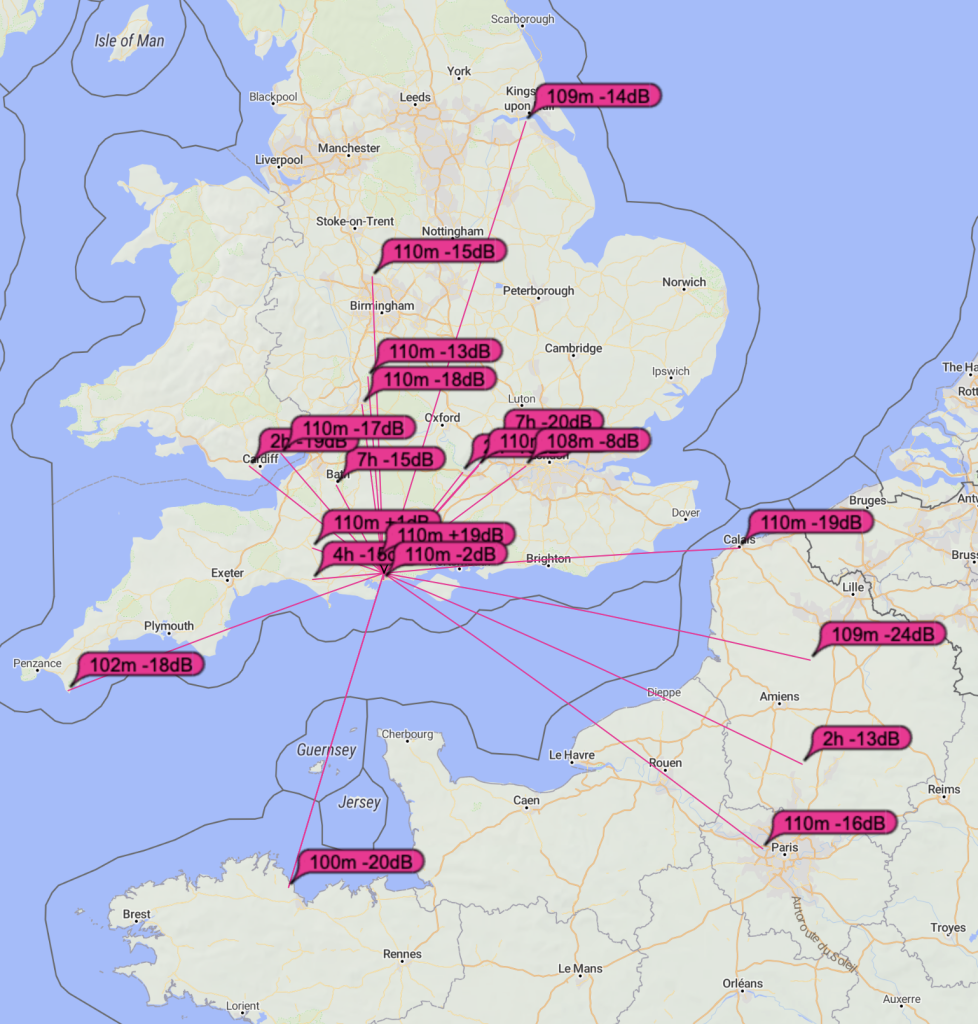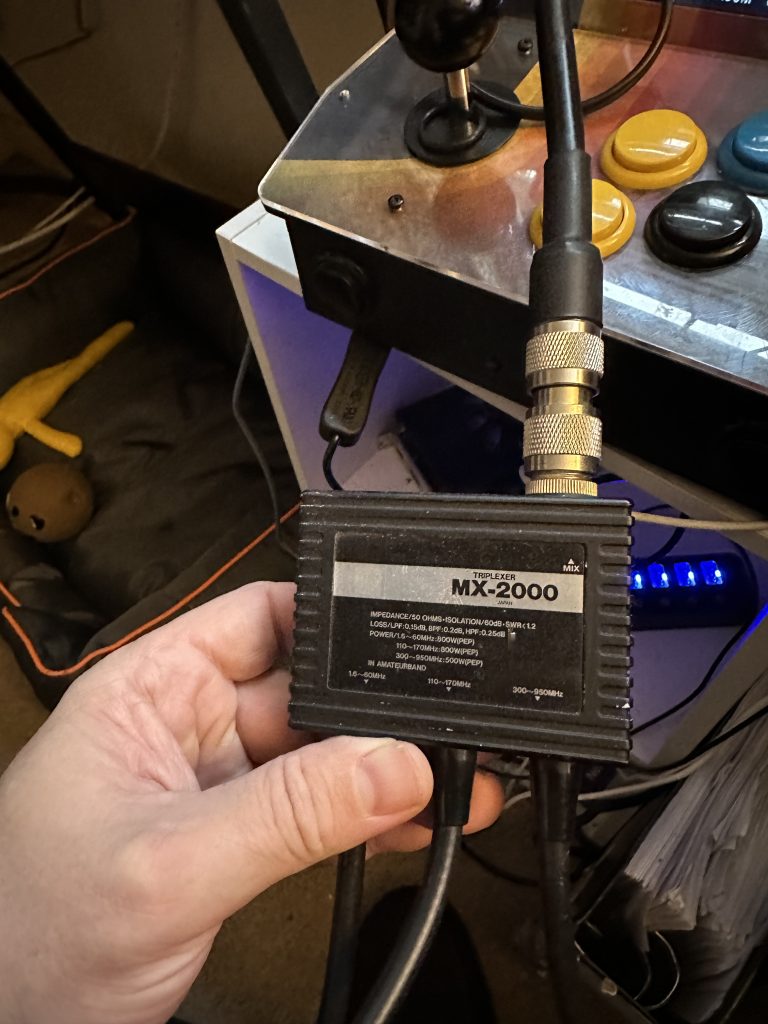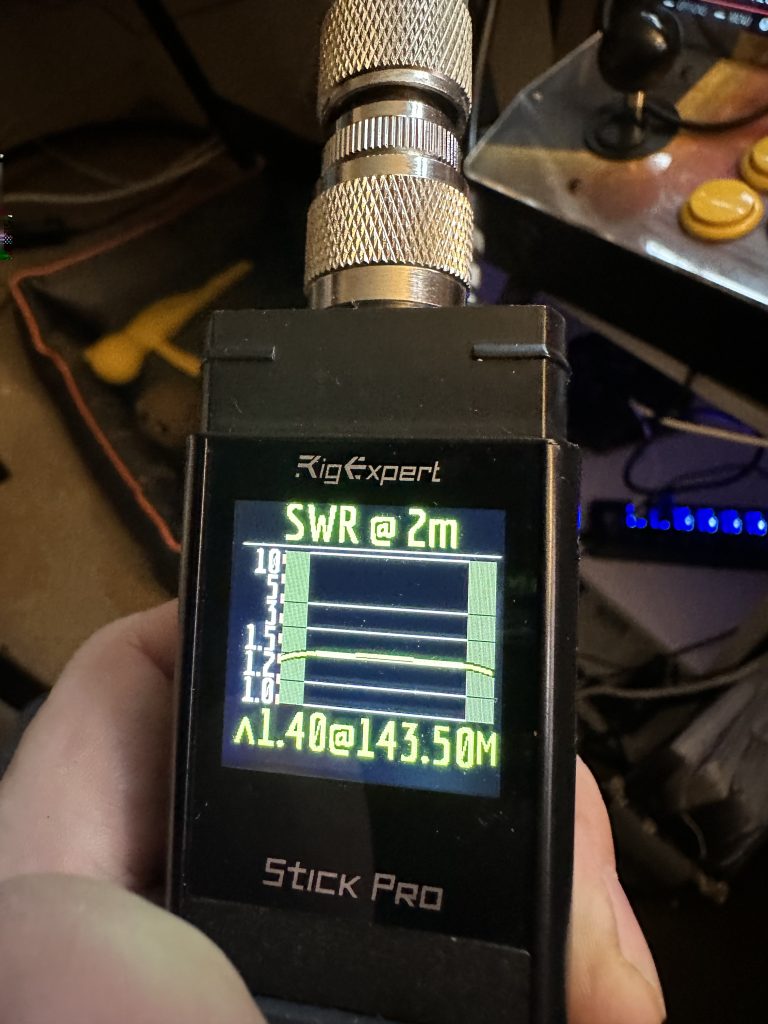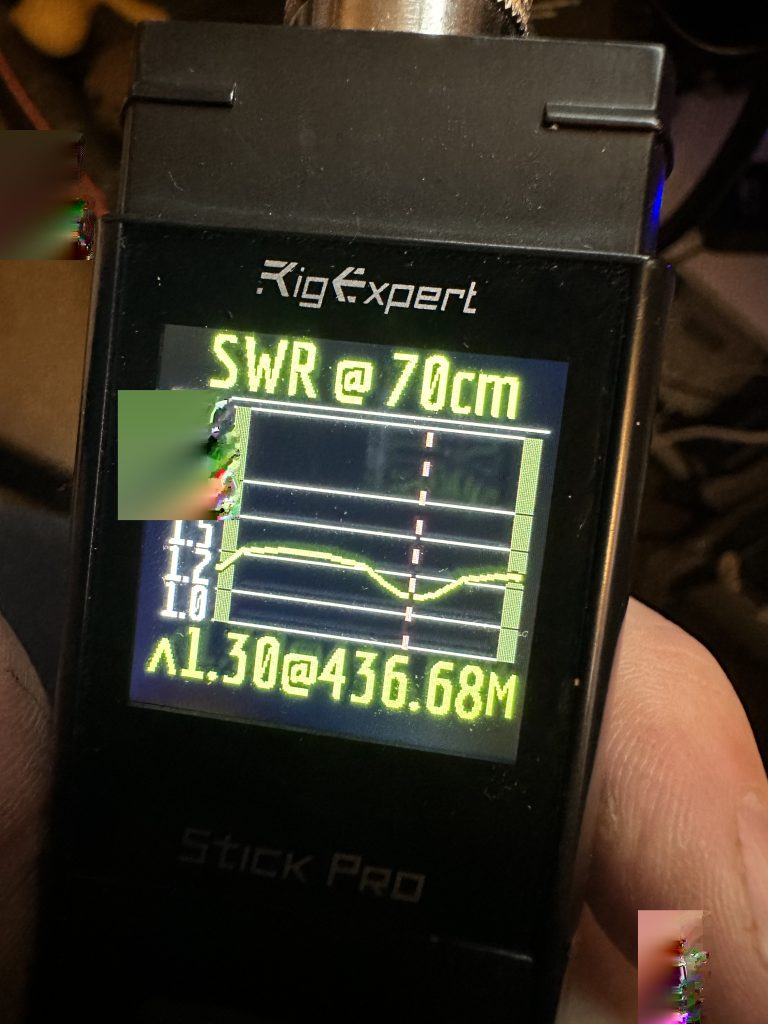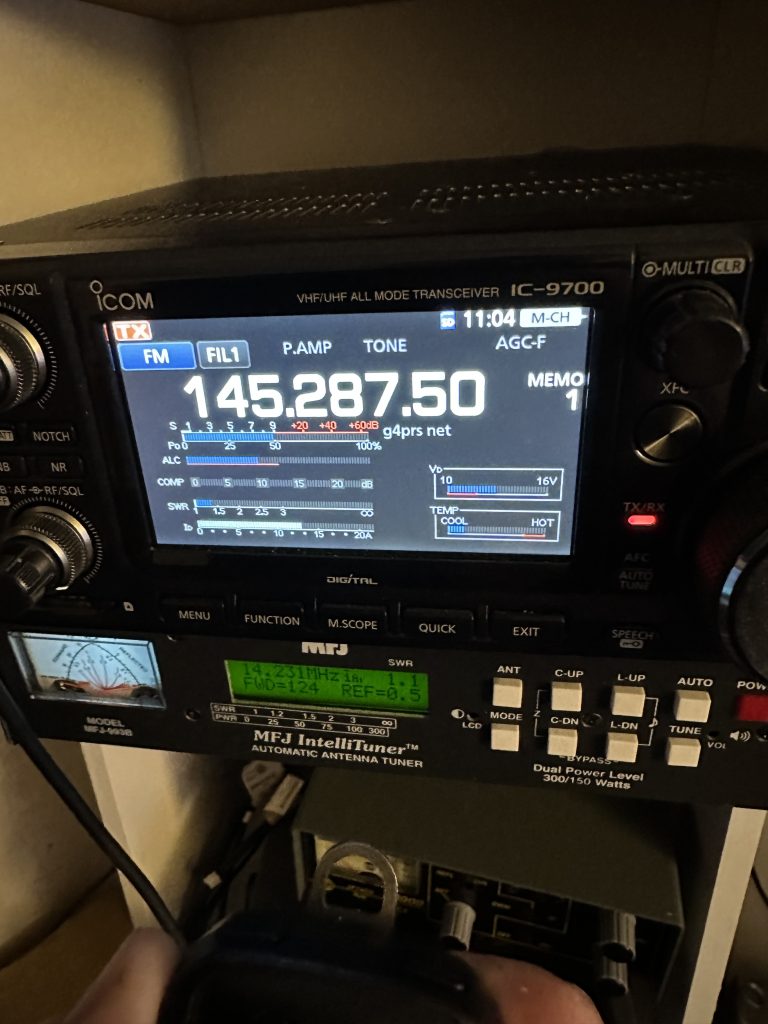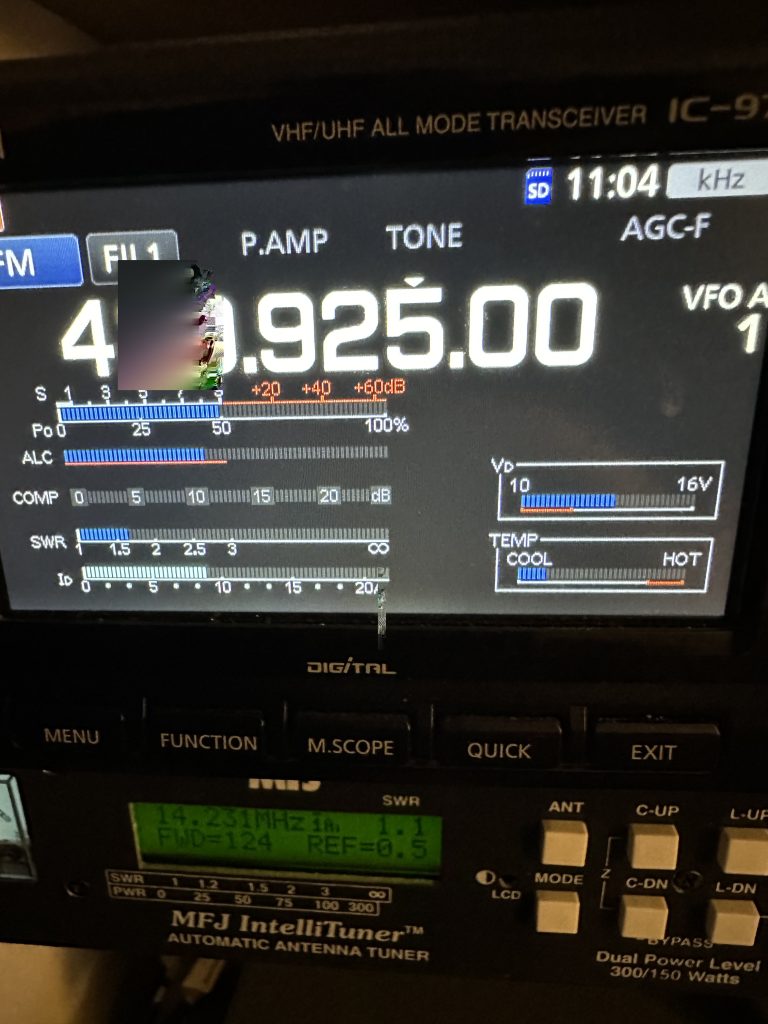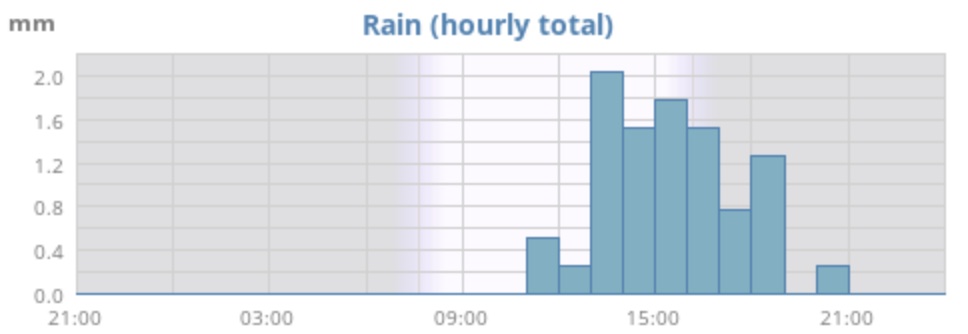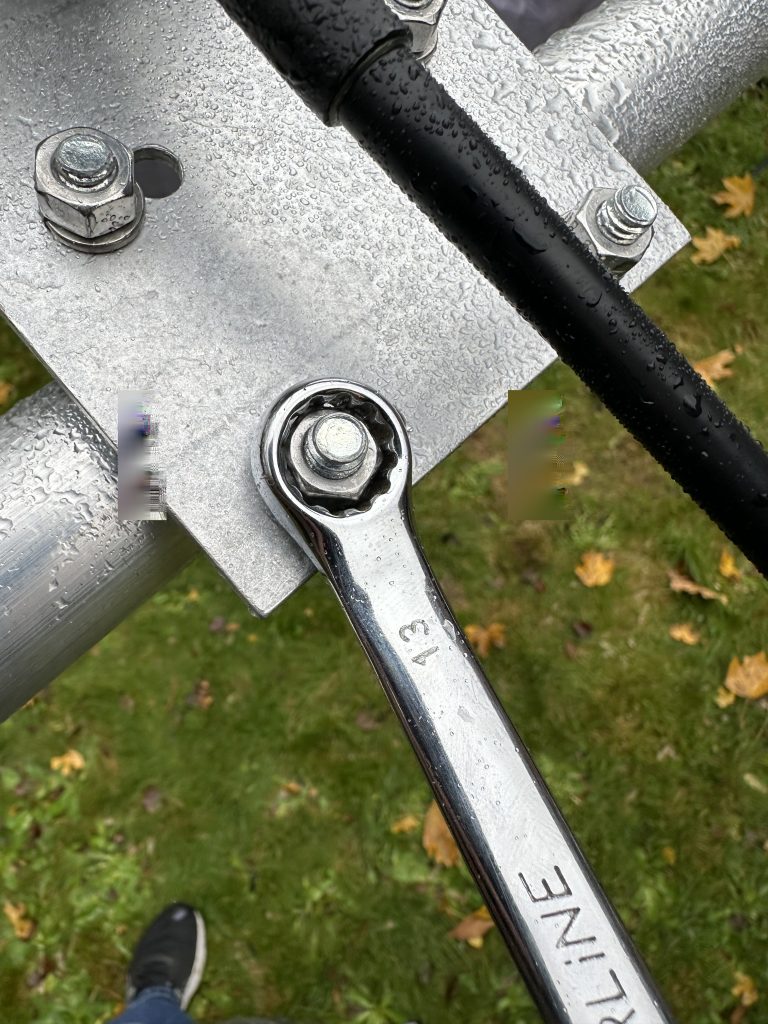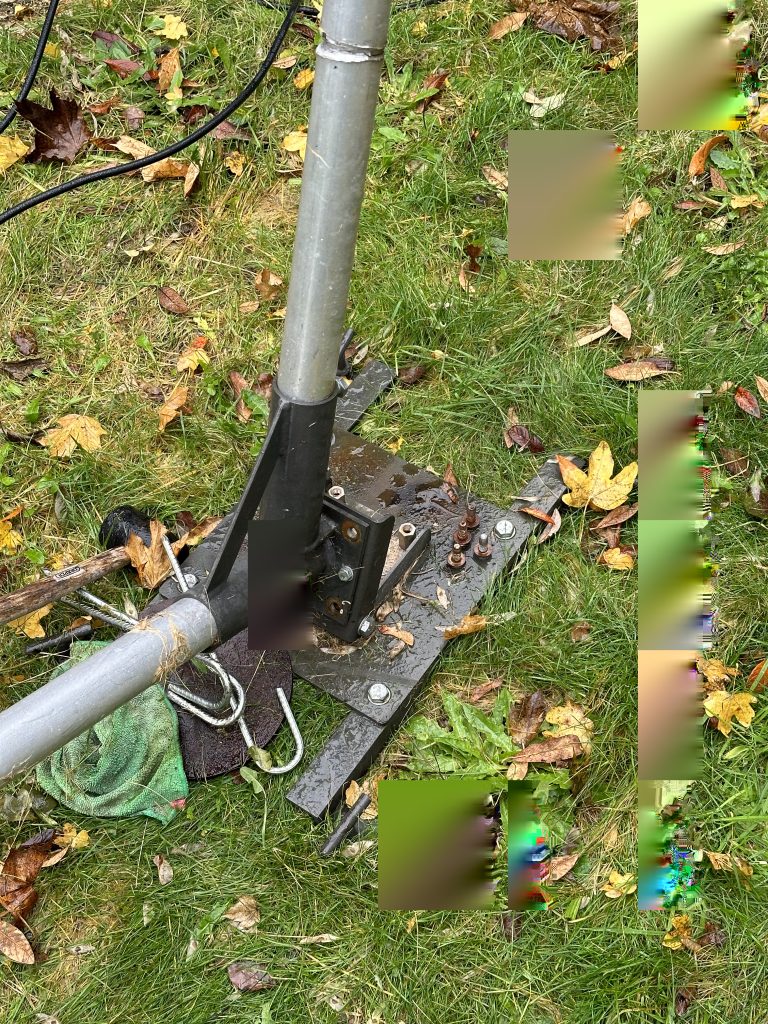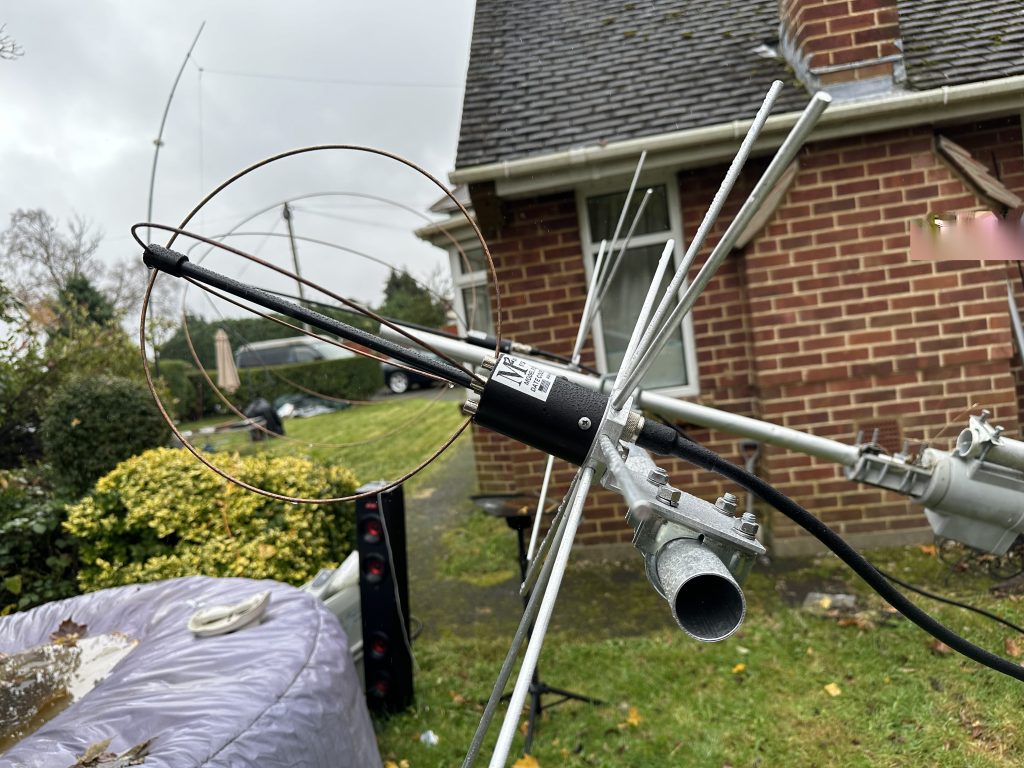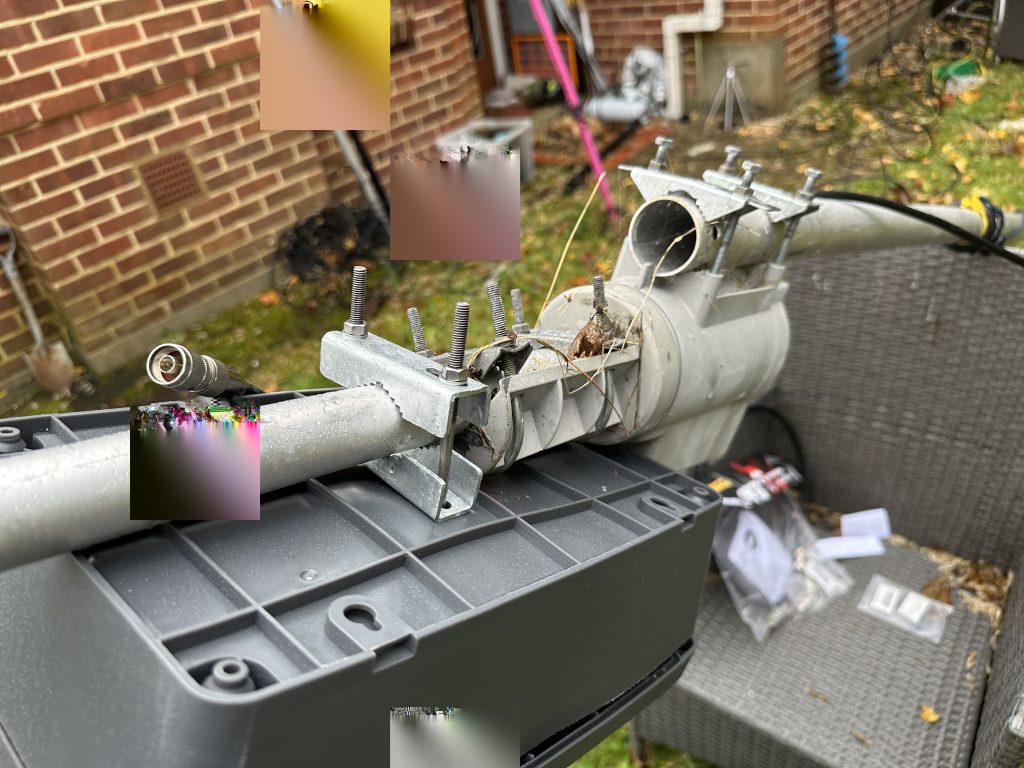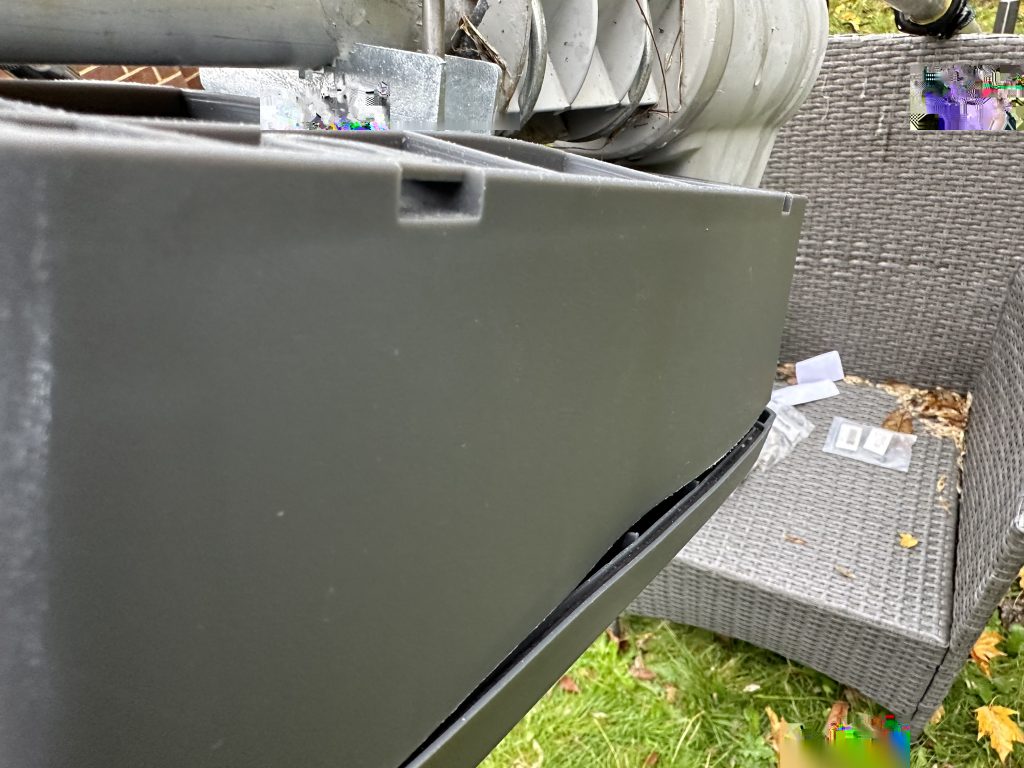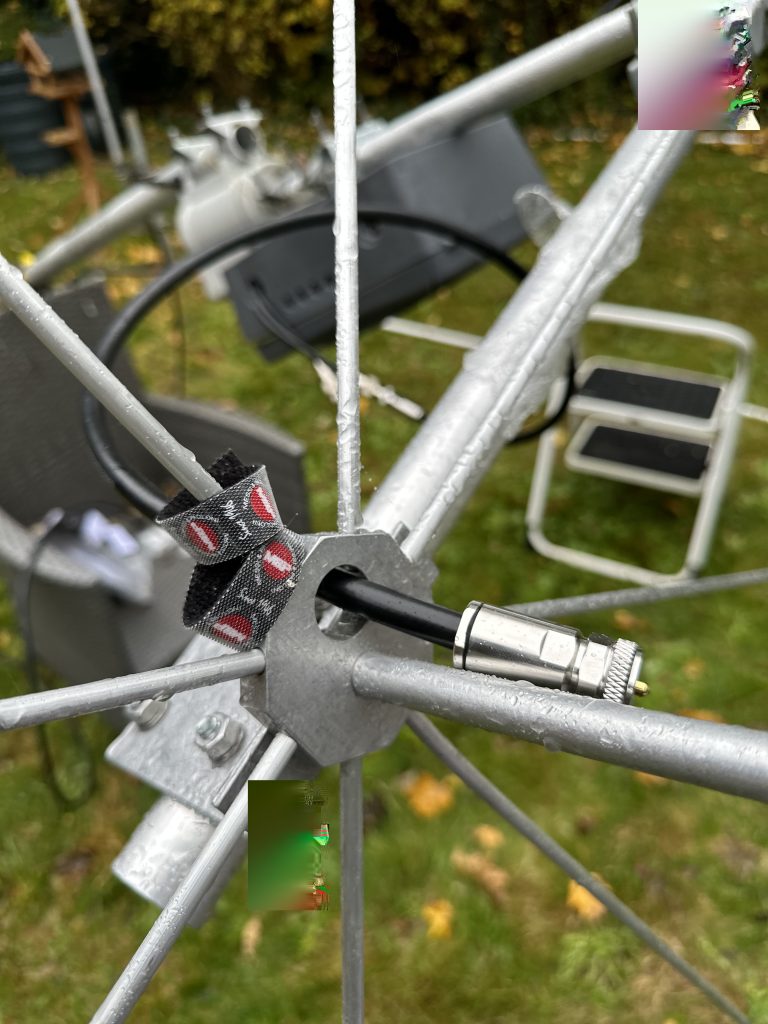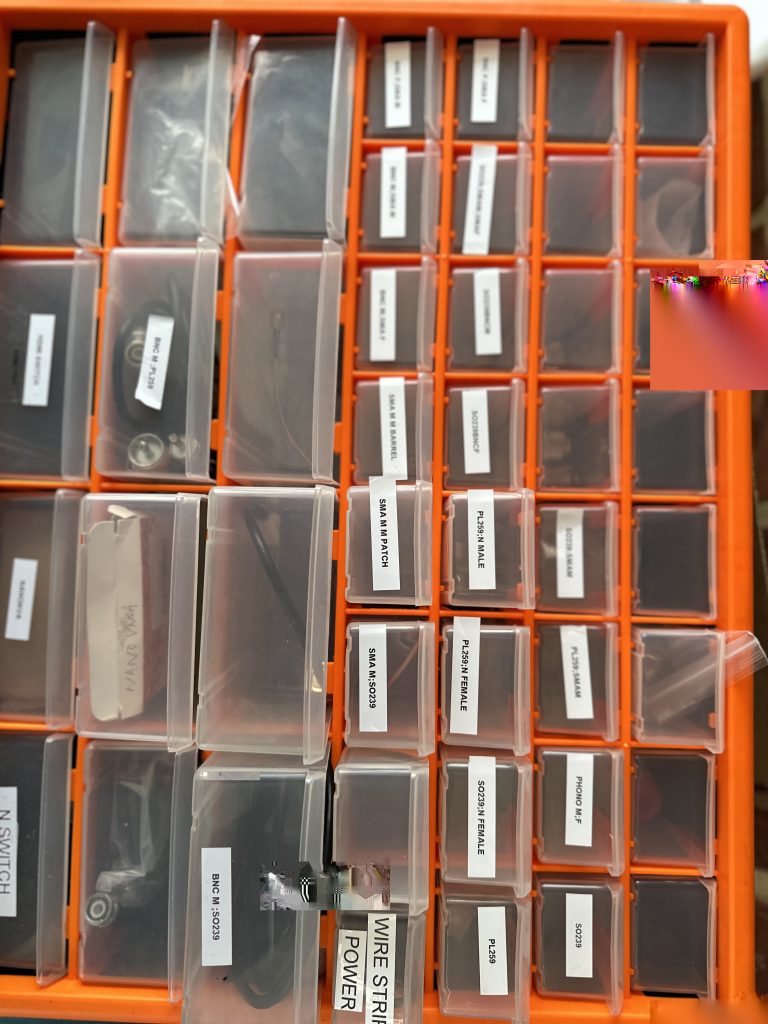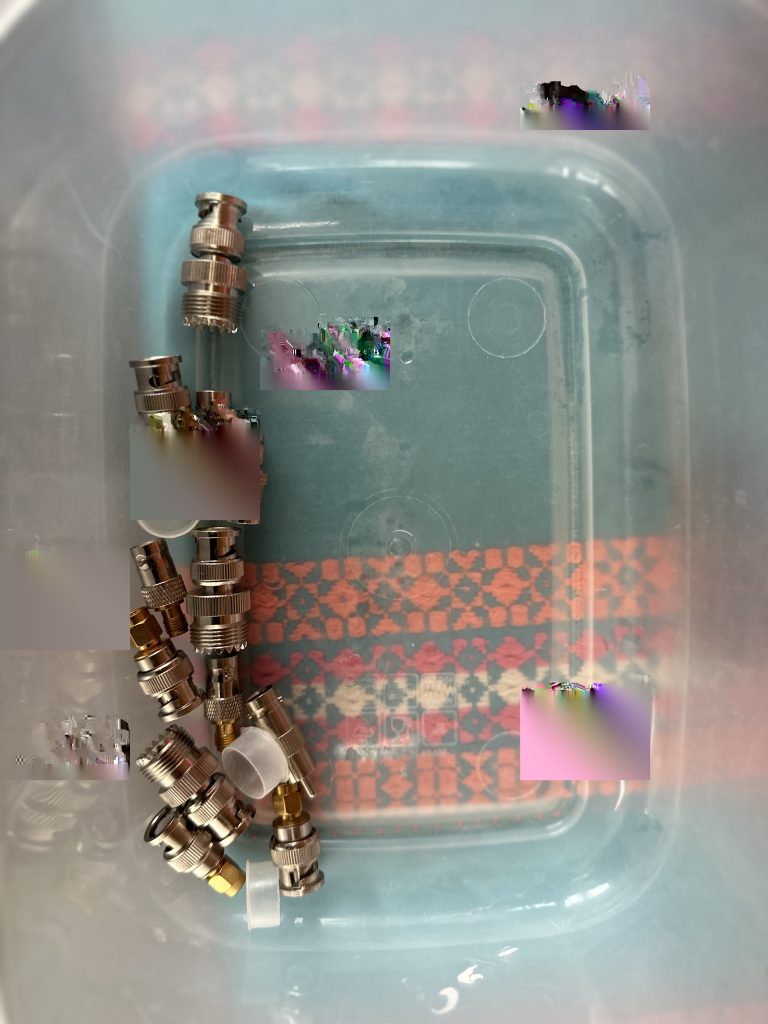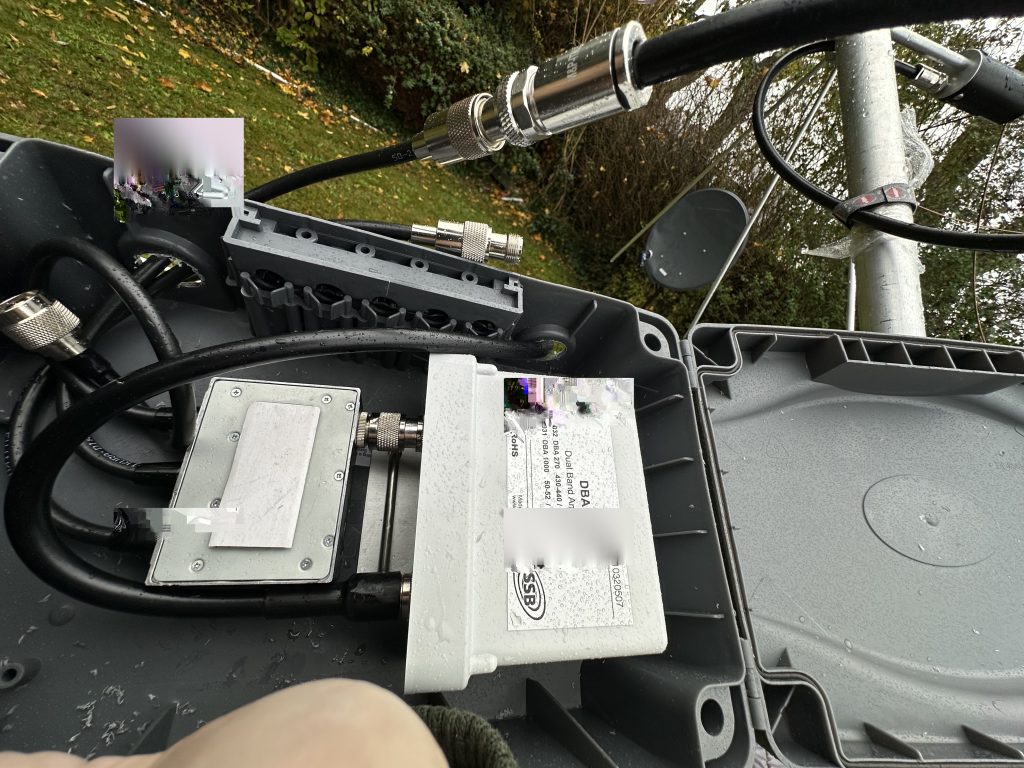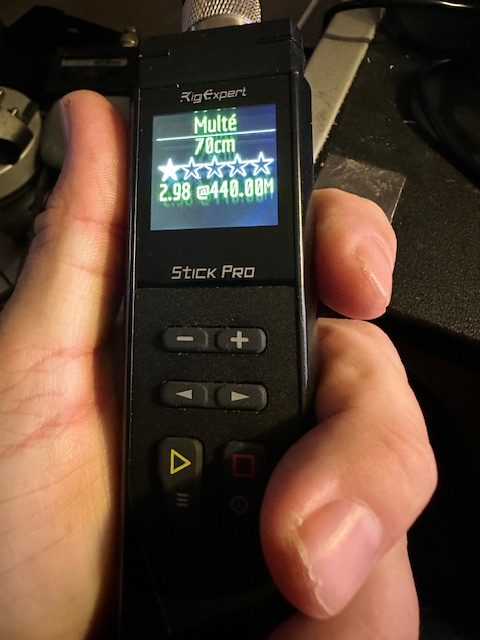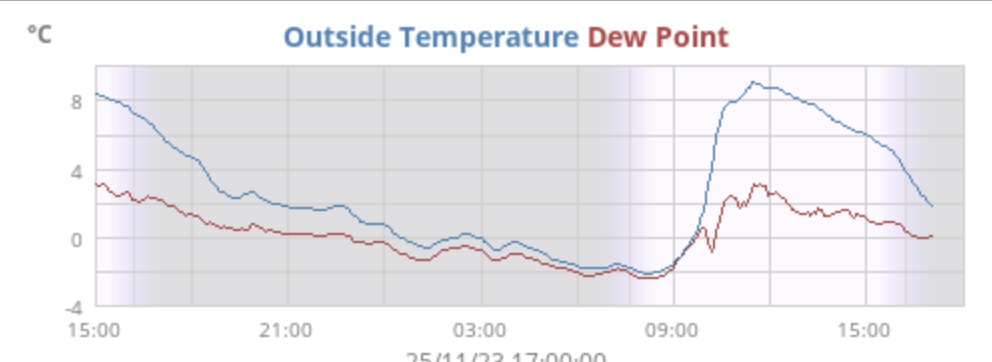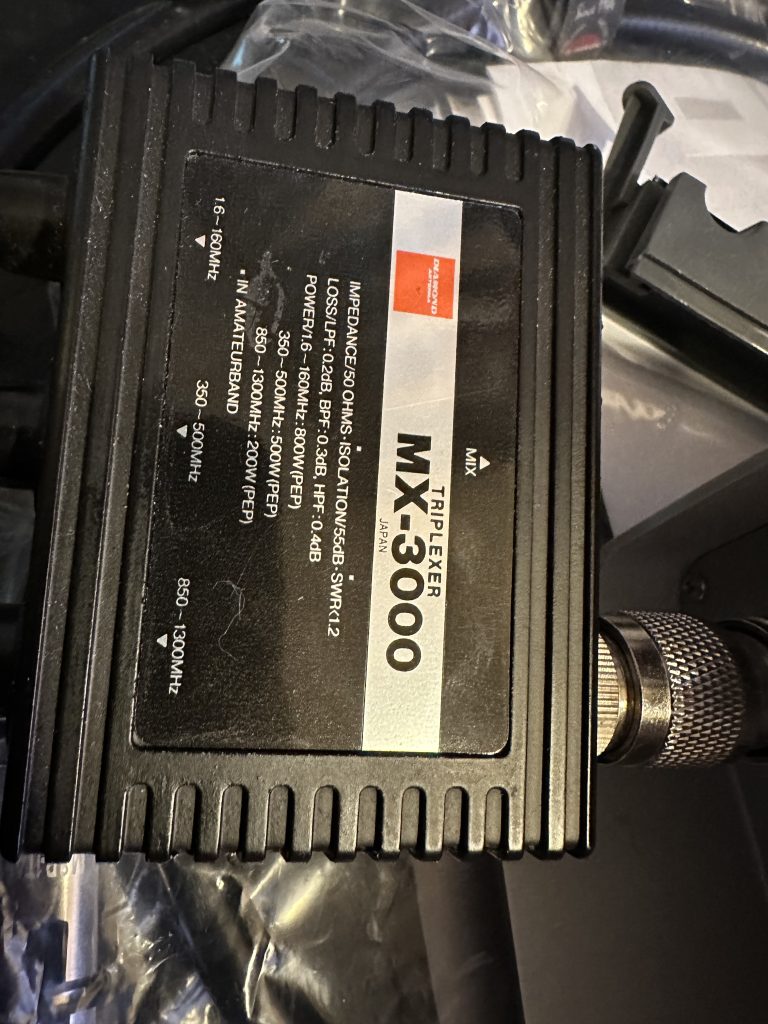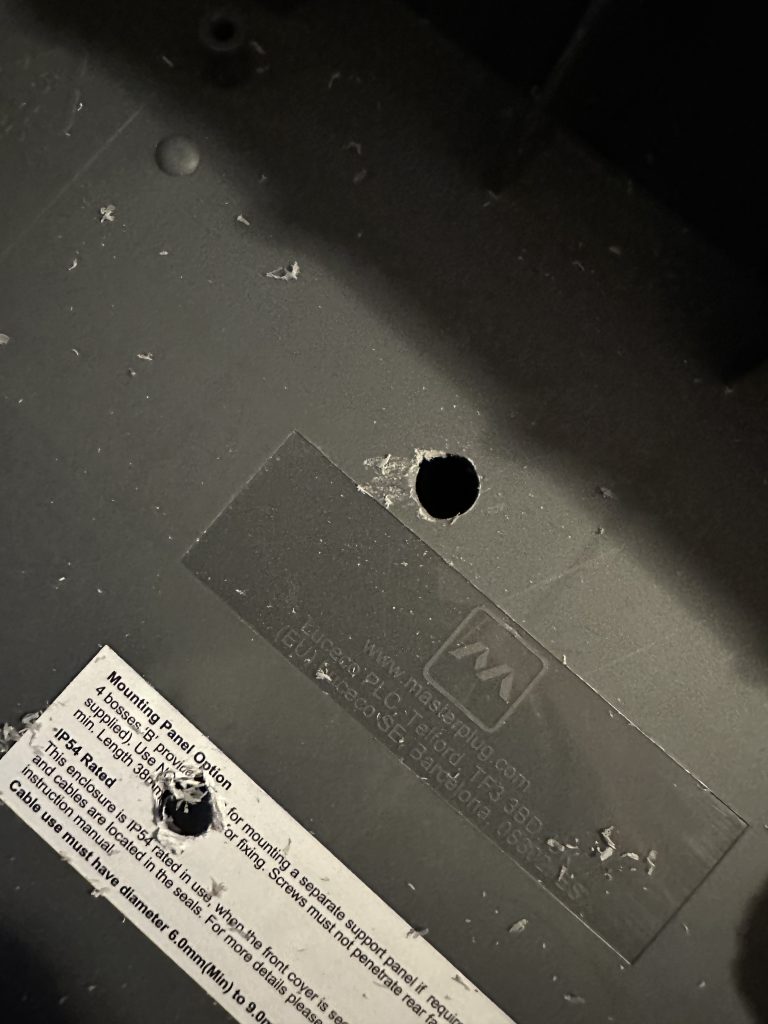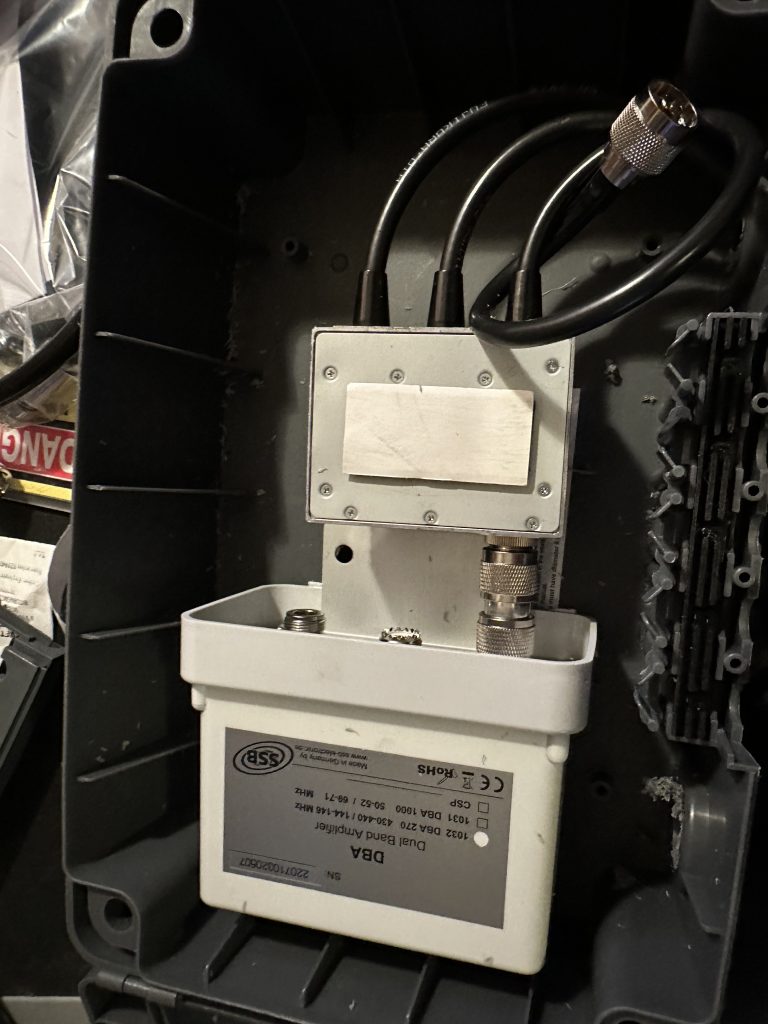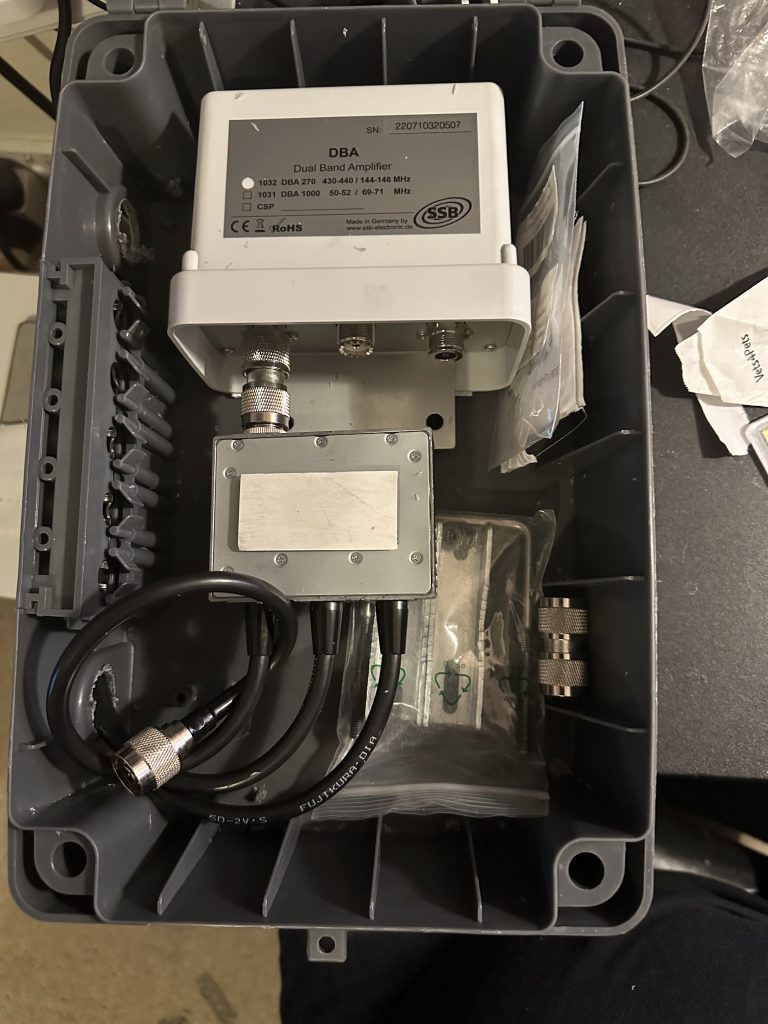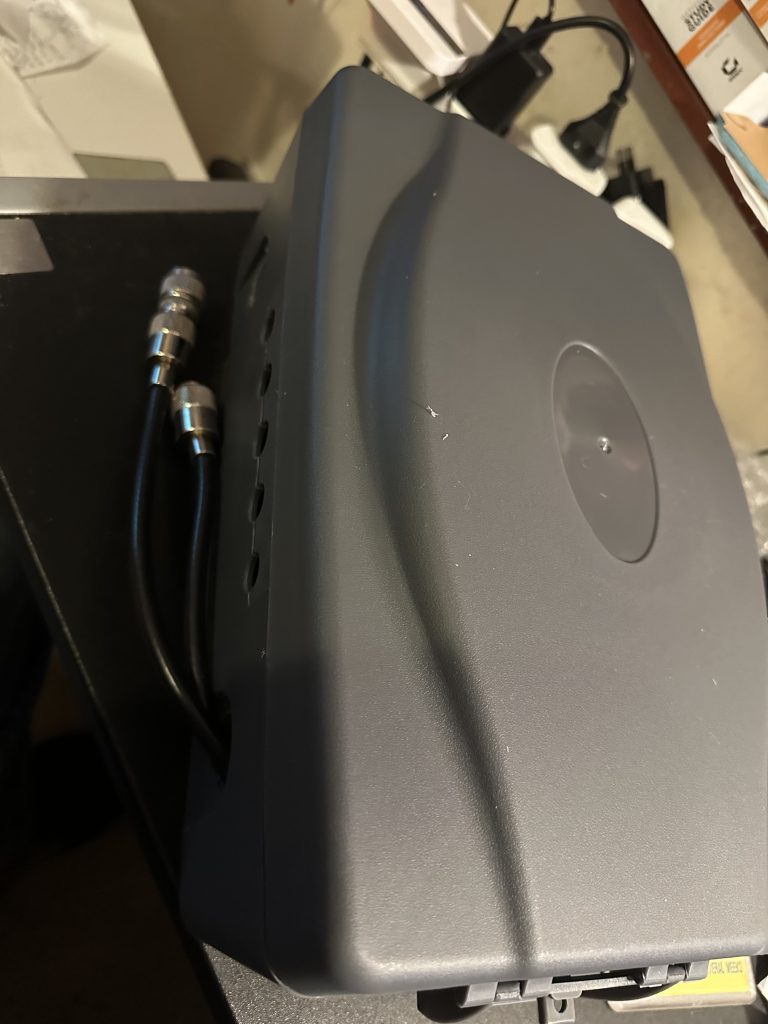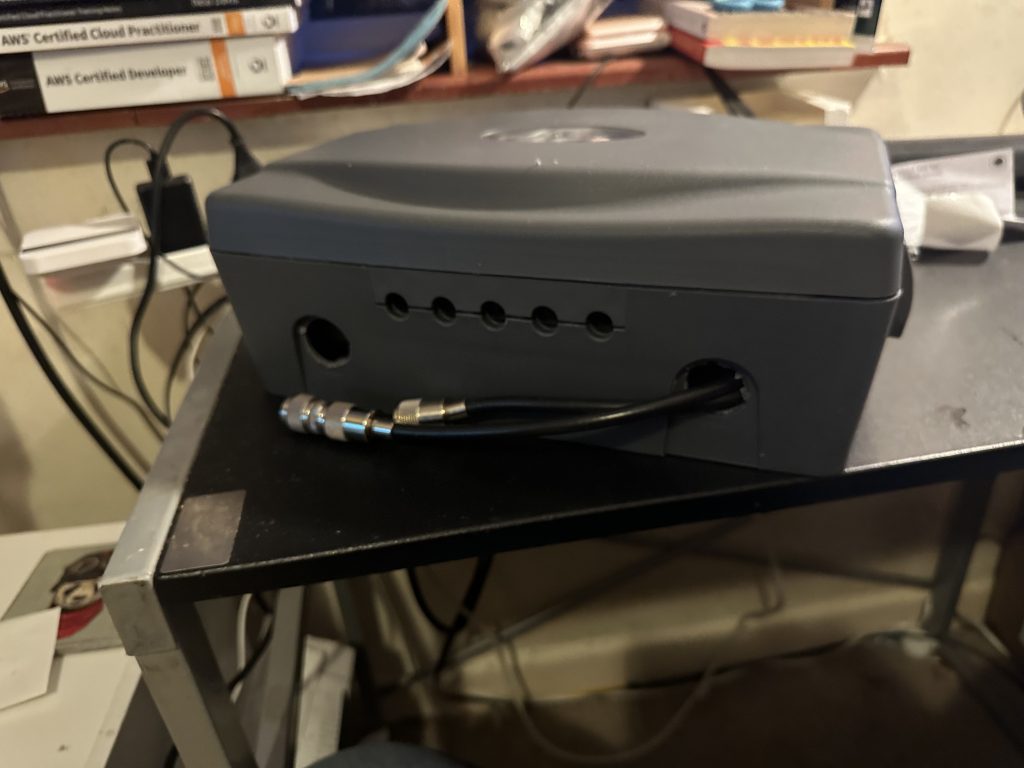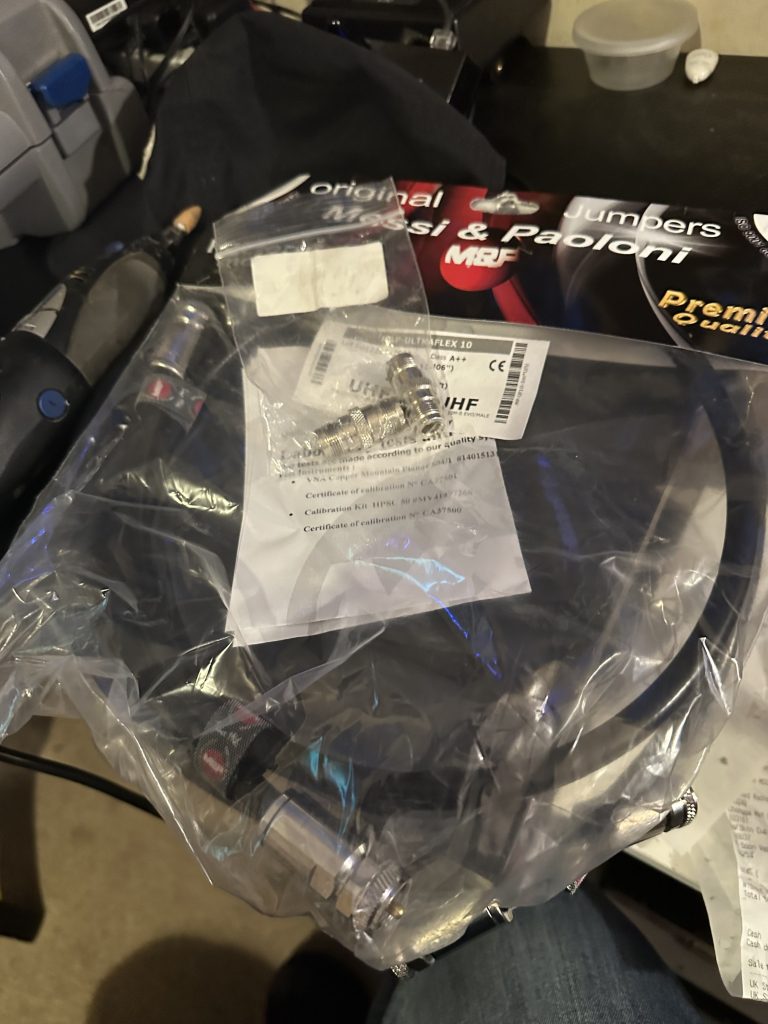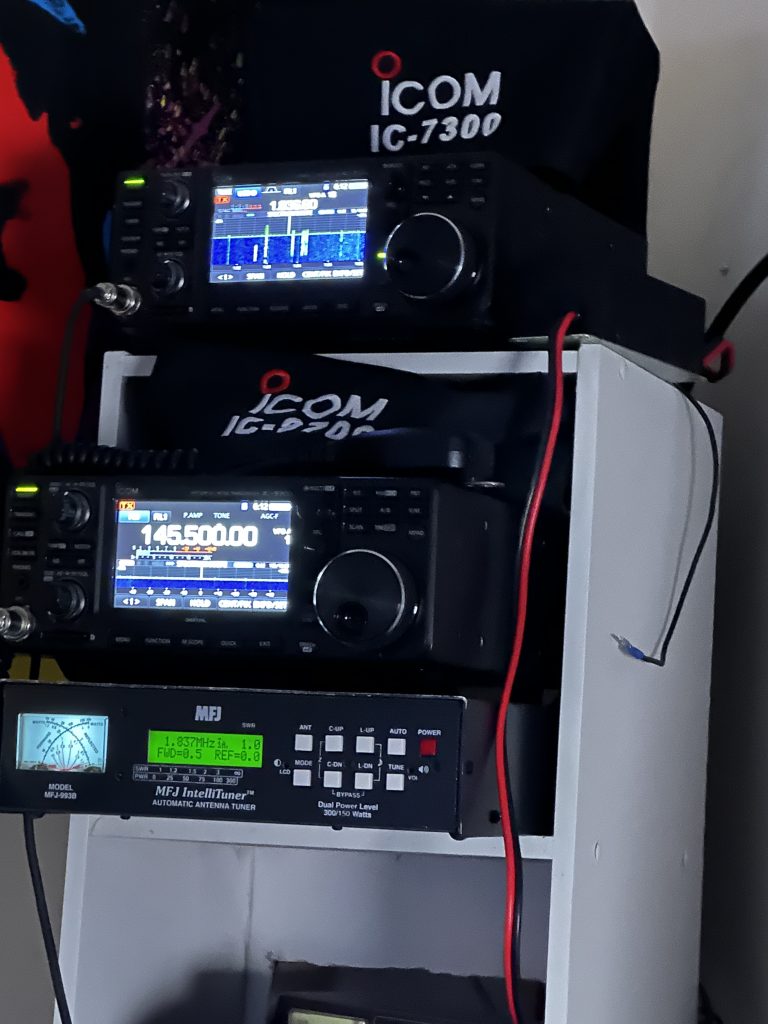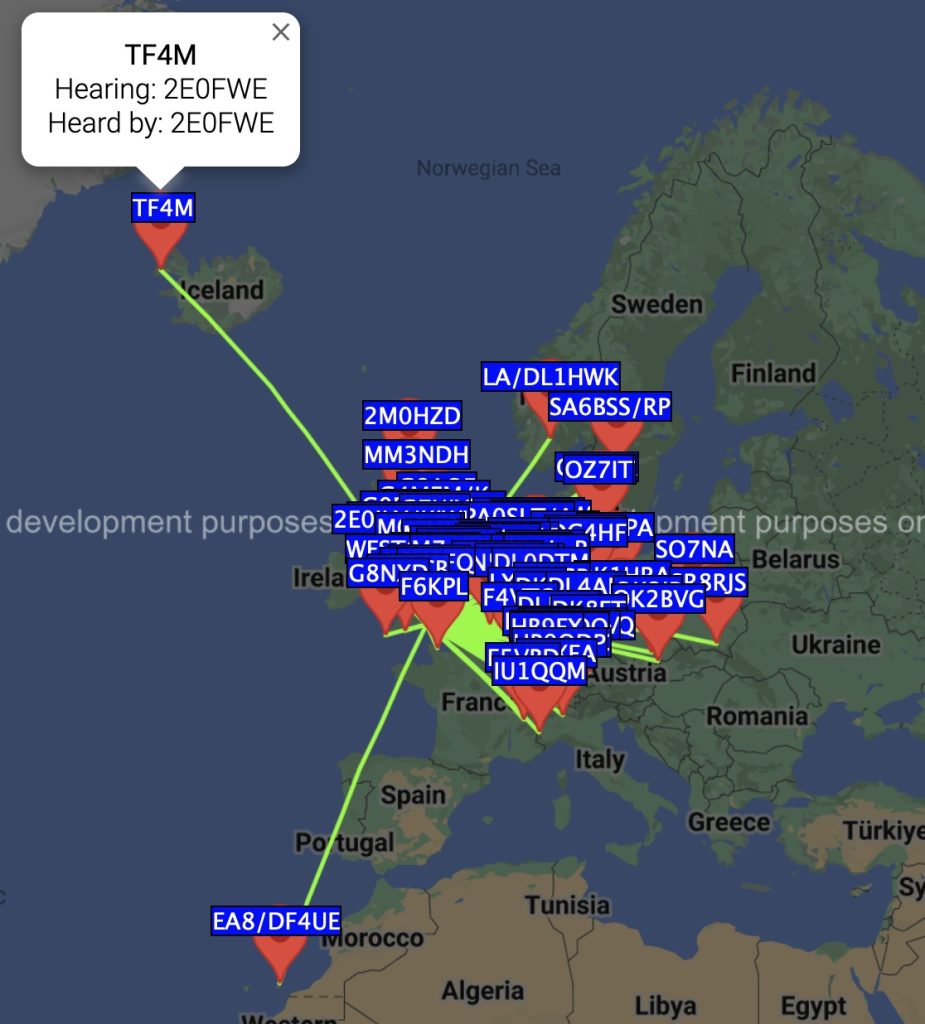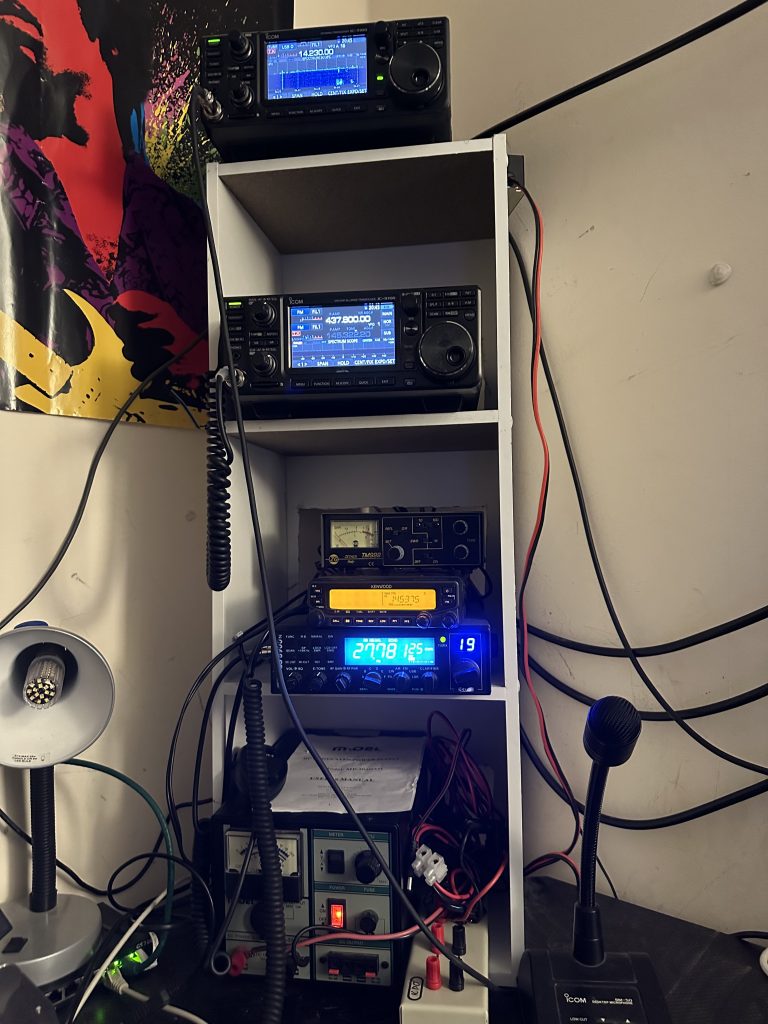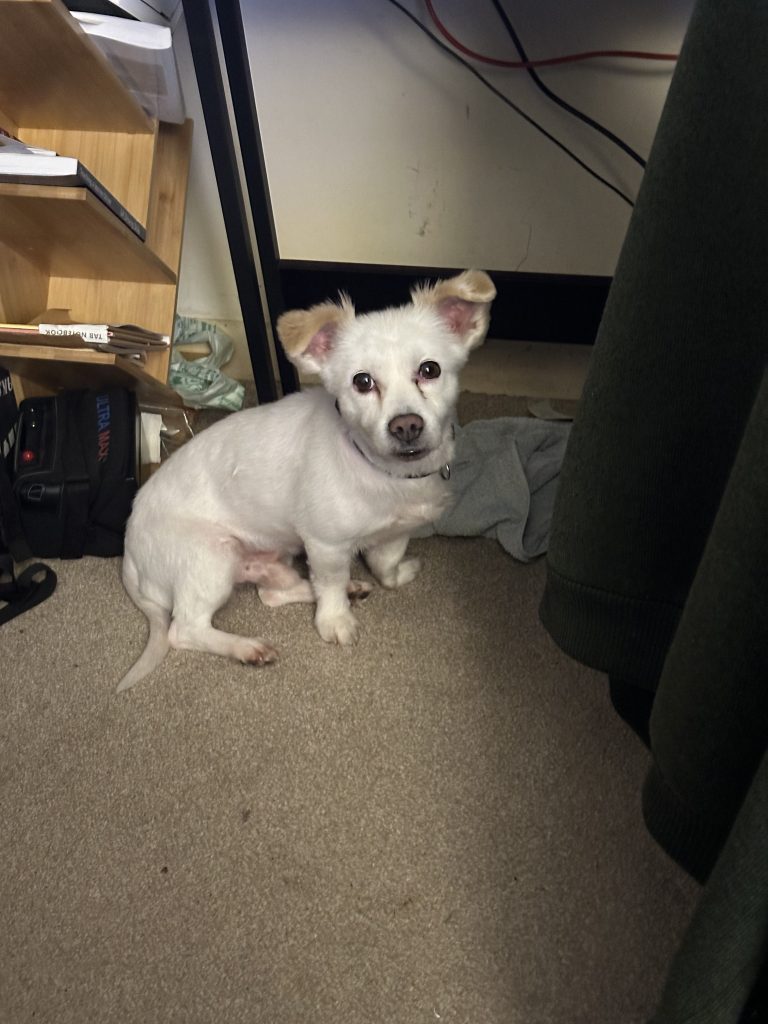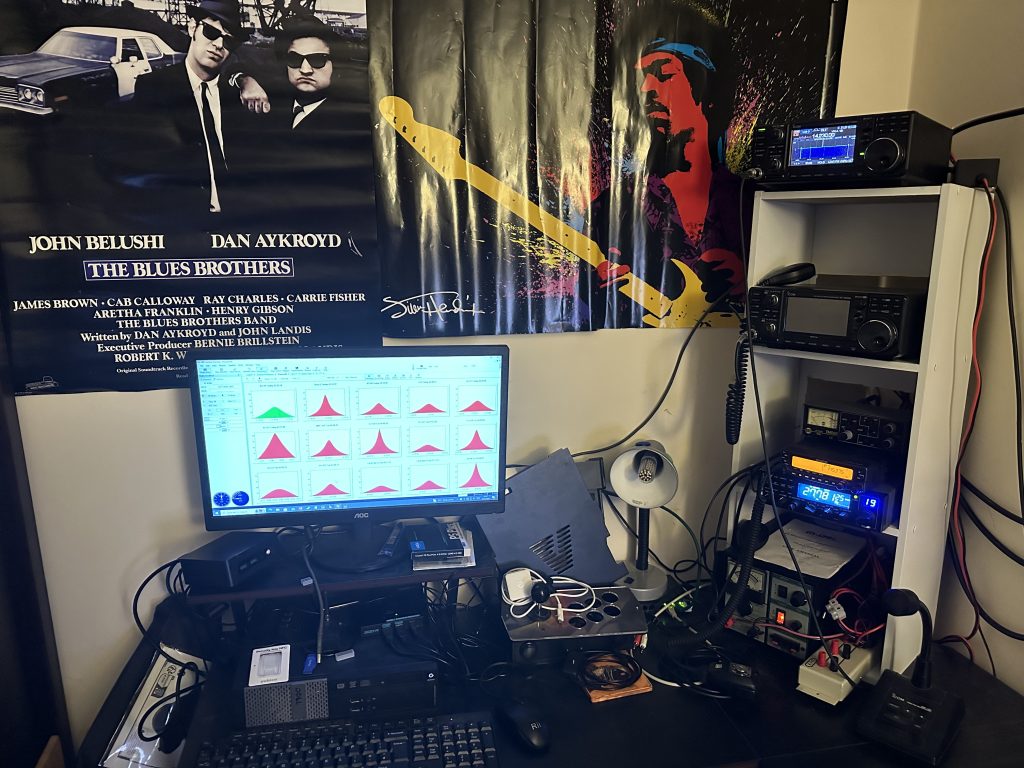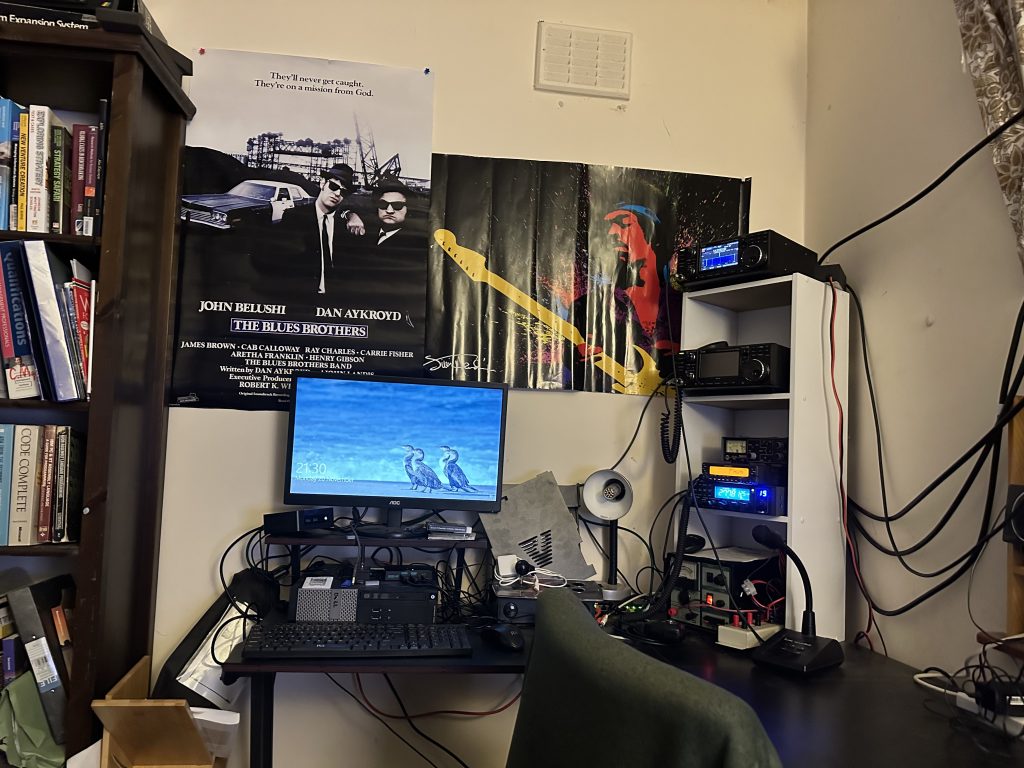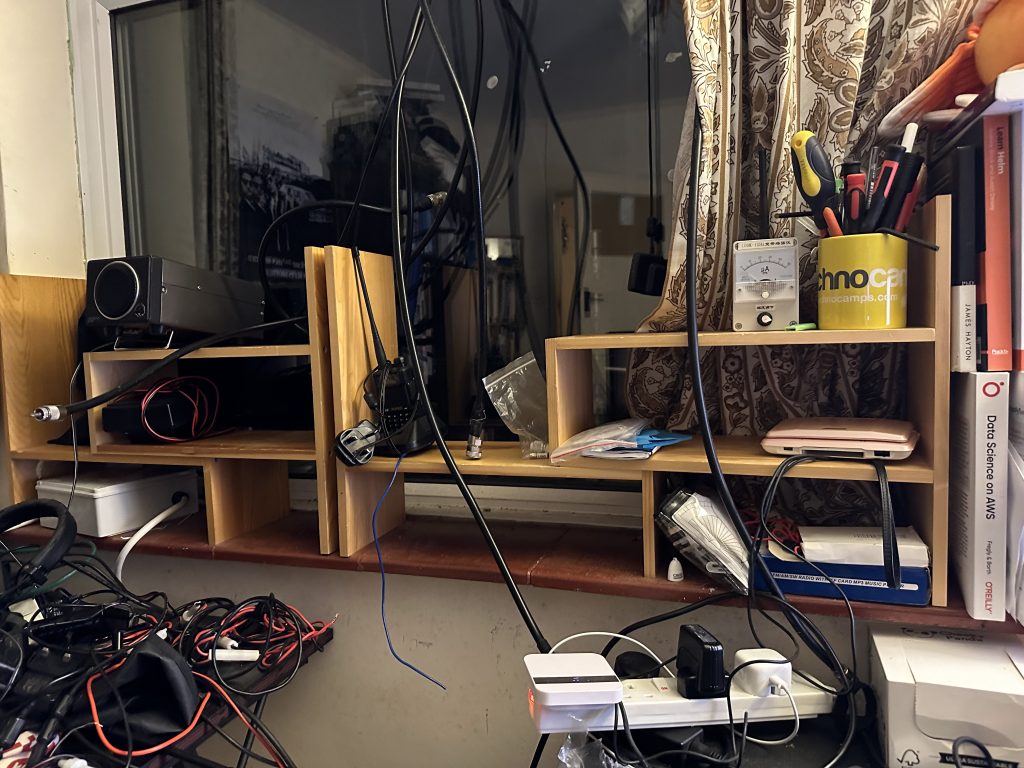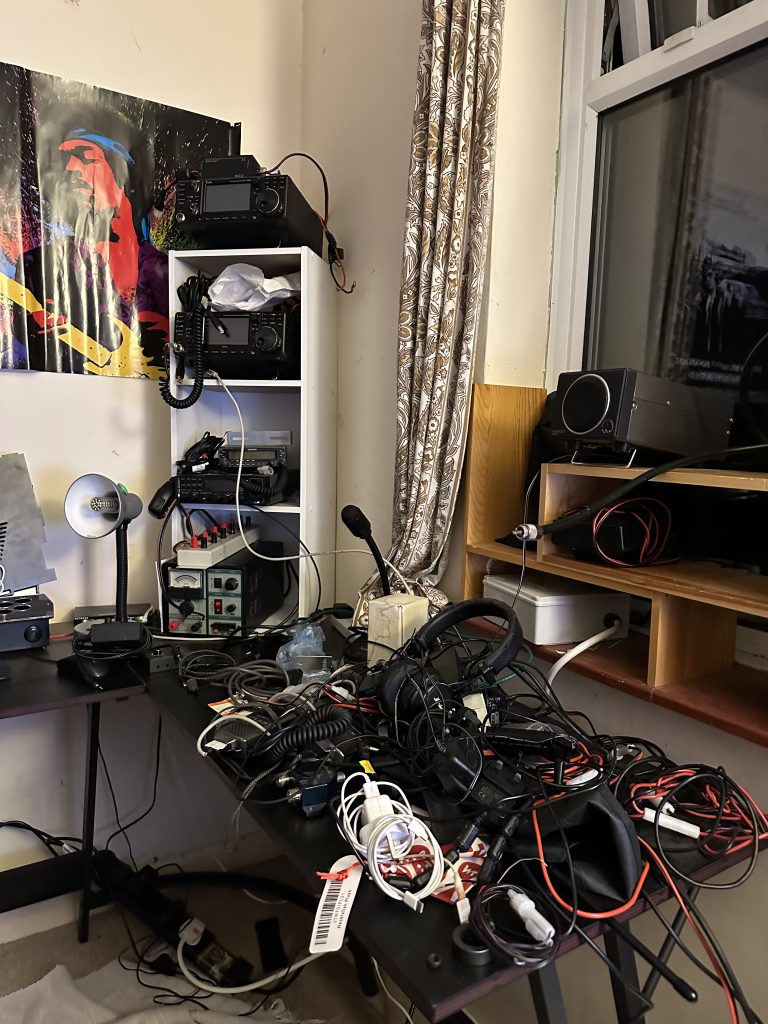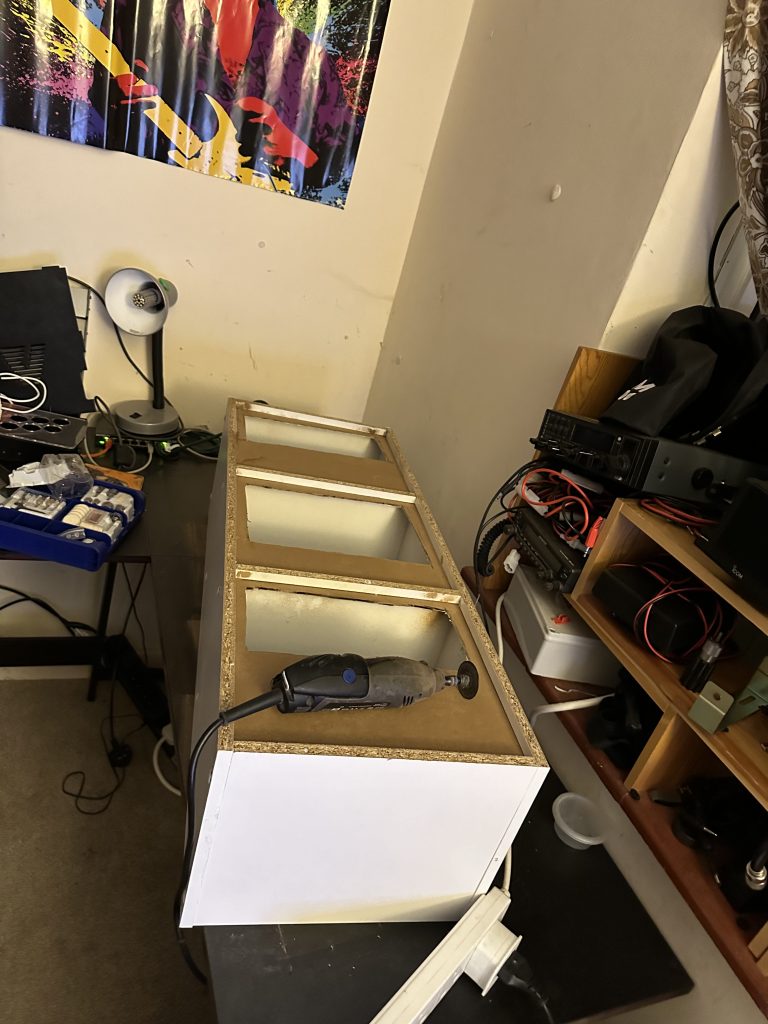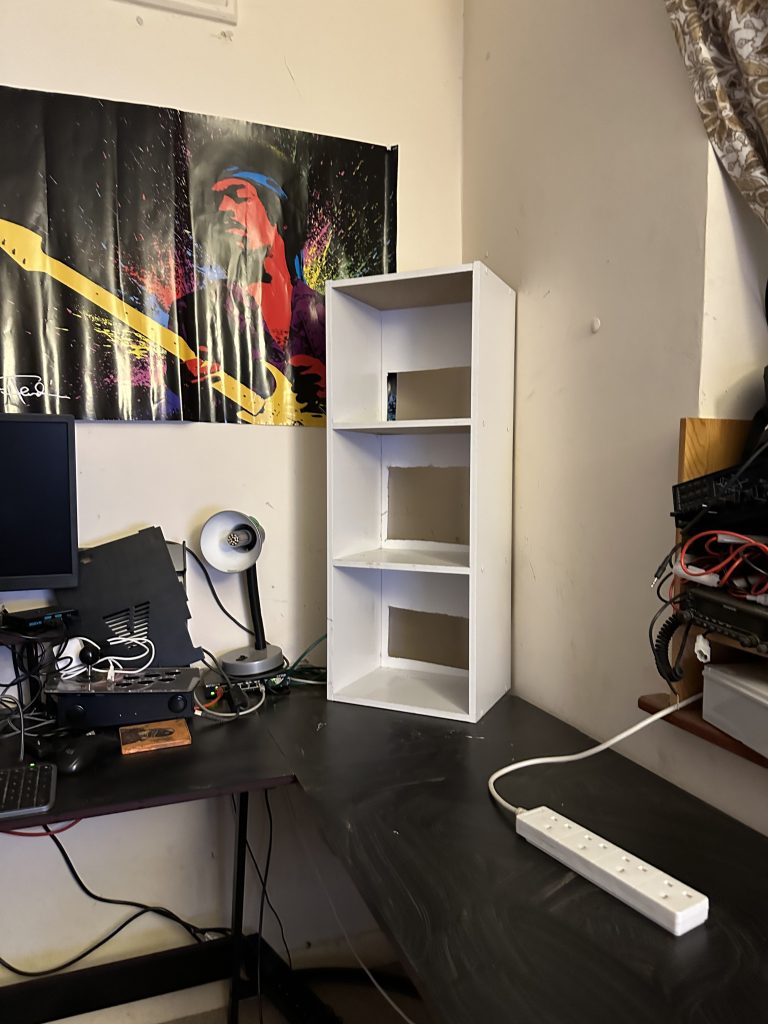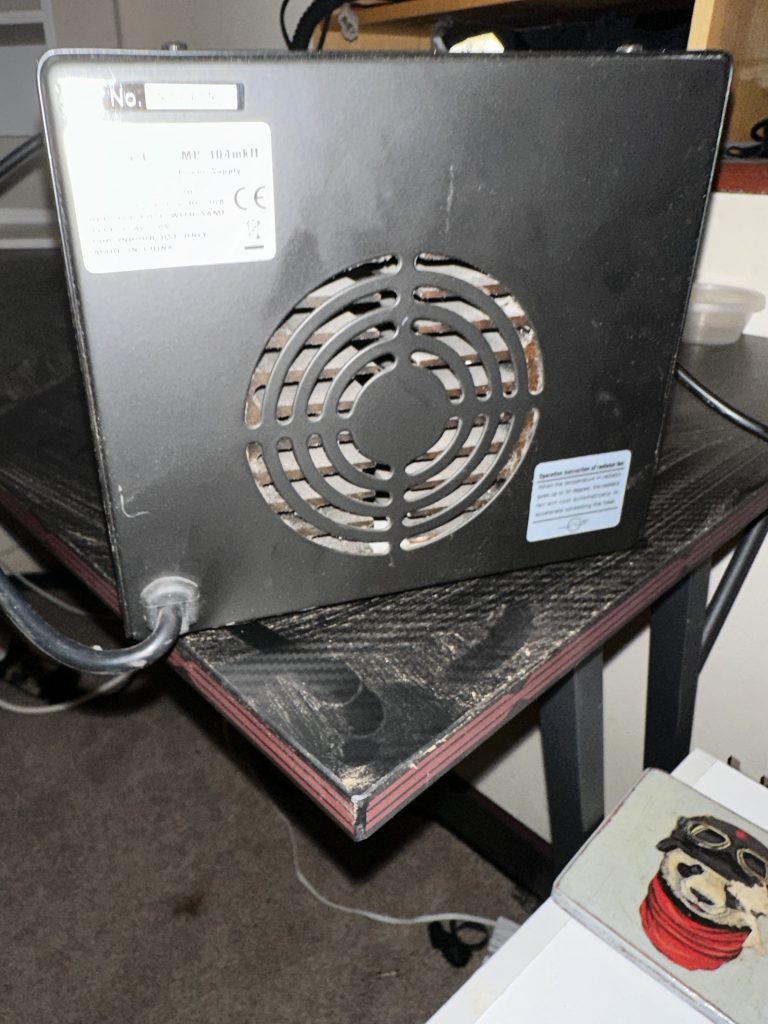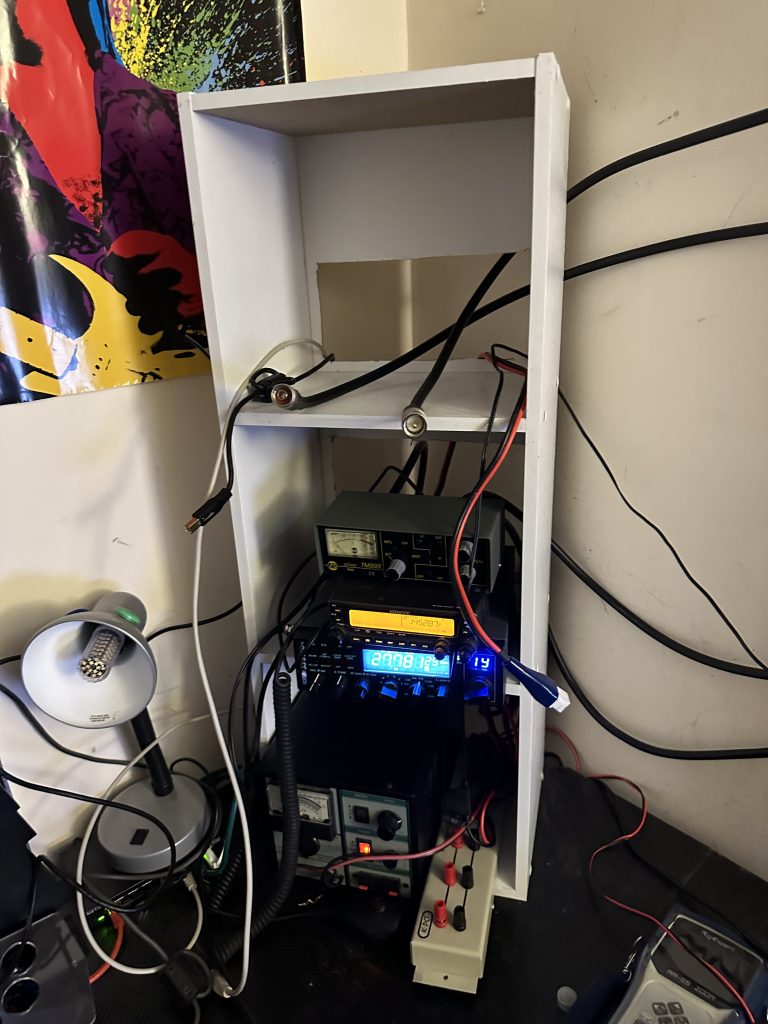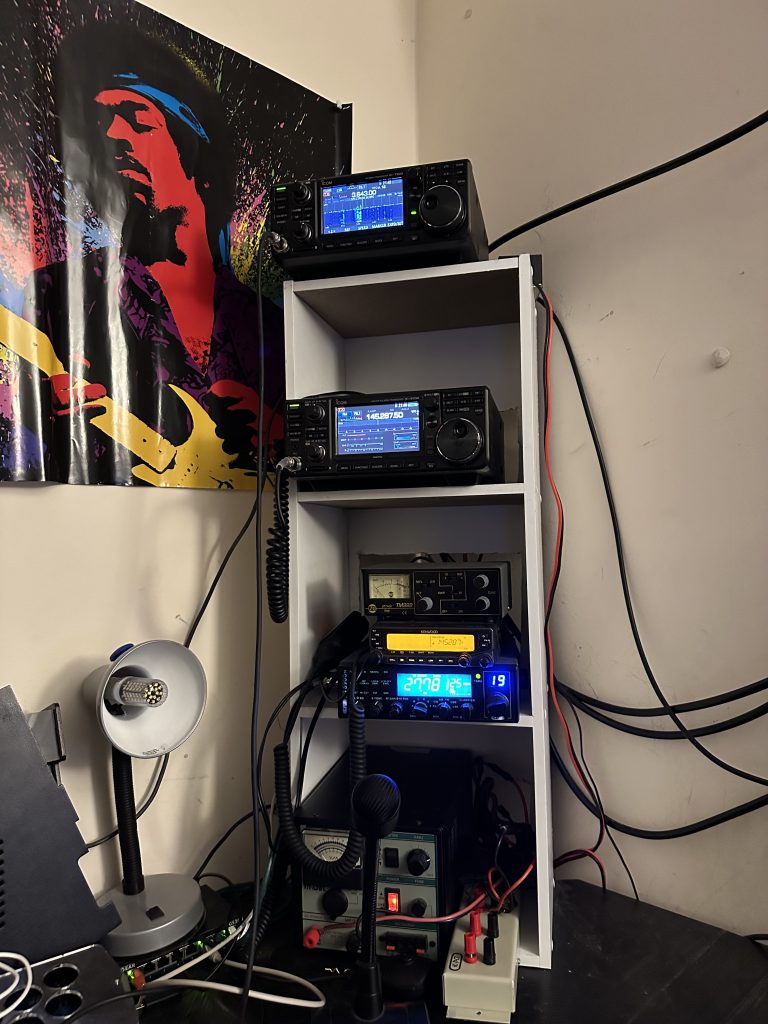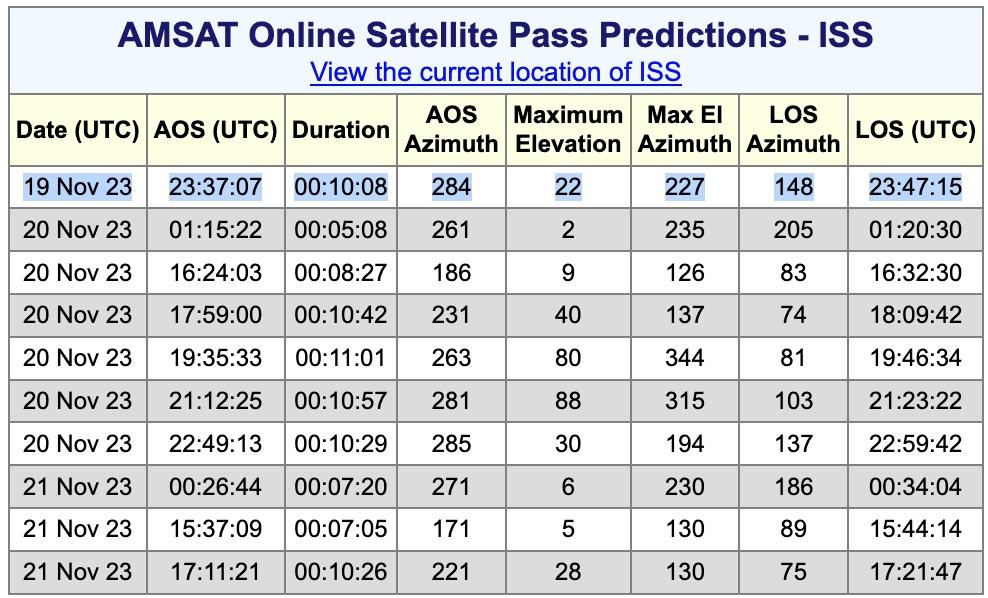With getting reading to go POTA next step was to check the PC hardware, I previously used an apple tablet for IC705 wireless connectivity, but this lacks SSTV which I like to use. First step was to get my very old HP Pavillion laptop up and working with the IC705 !
First step was to retrack and setup the settings in the IC705, for this the first part of this video got the required settings. The app to control the radio here is Icom’s own, which I dont own a copy of, but it sets up the Wifi and necessary settings, also like that its a profile which can be easily loaded/unloaded.
With the wifi setup correctly (I had to adjust the audio filter bandwidth and CI-V Echoback to OFF) I then set about setting up wfview, using this tutorial.
This got me to the point whereby I could receive fine, but transmit didnt produce any audio, I rechecked the settings on the radio that Inputs/Connectors/Data MOD=WLAN and no issue there. I check wfview and the settings are correct, I did notice my version of wfview was 1.5, so check the forums, sure enough, others had the same problem and was fixed by an upgrade.
I downloaded the latest wfview and installed. I did notice this didnt overwrite the previous version, so I found the new version (C:\Program Files\wfview) and made a nice desktop shortcut, the registery settings had kept the config, so no need to re-enter all those thankfully.
I attached a Diamond RH770 2m/70cm antenna to the the 705 in the shack, just for something to transmit into, RX was flooded with QRM from all the computers and screens, but amazingly with 5W of power I was picked up by WESSEXSDR!
So.its now all looking good to use my oldlaptop with newer versions of wfview for at least WSJTX control. Hopefully just pointing MMSSTV and the virtual com port (10) and audio to VBAudio will get that working, but will wait until I have a HF antenna hooked up to test that ;o)



